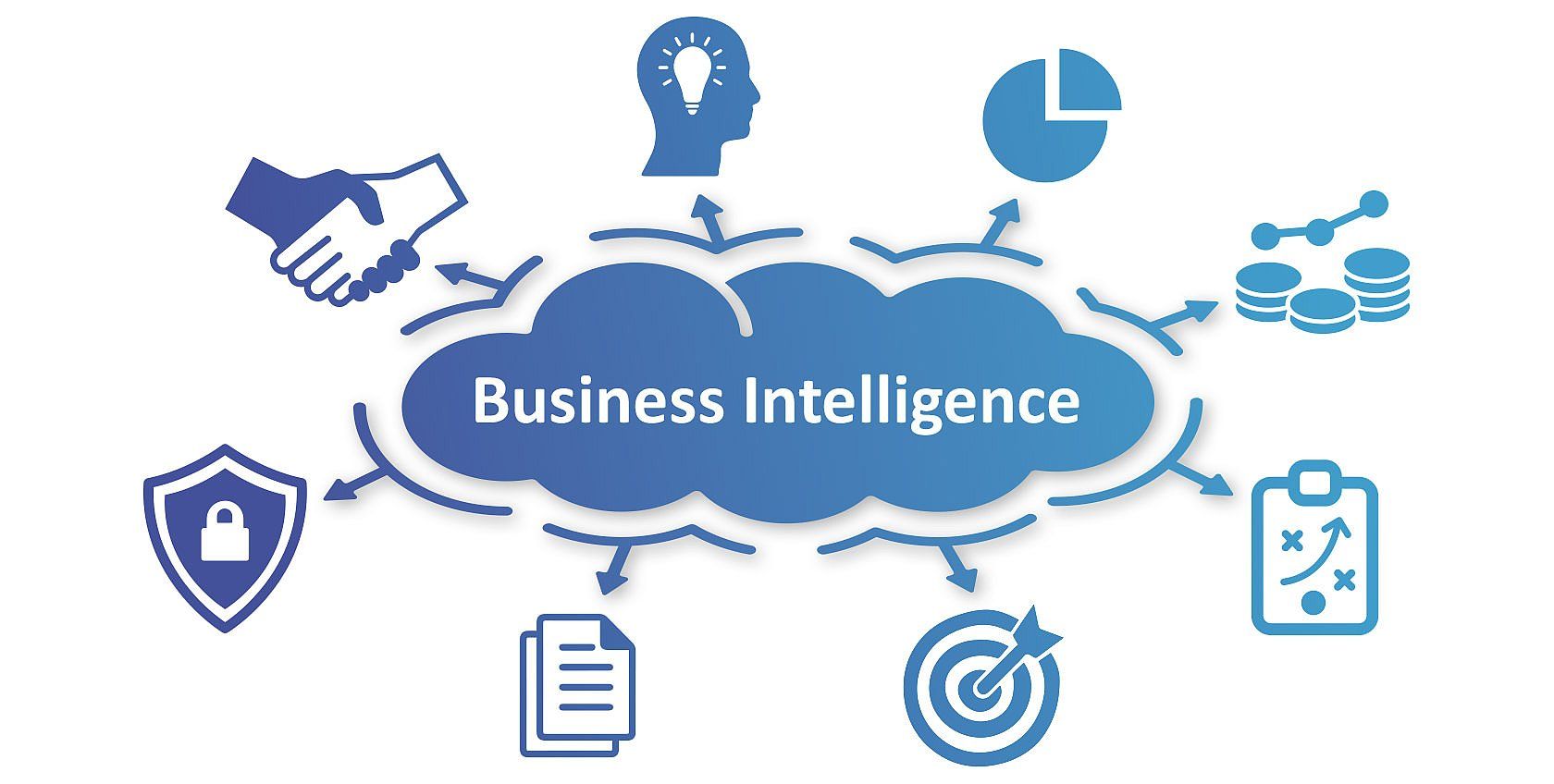Data is the most crucial asset of modern business. It has the power to make or ruin an organization. Power BI and Microsoft Fabric are powerful tools that businesses utilize to unlock the power of data. These platforms form the core of business intelligence and when paired with Azure Data Factory they become a powerful force for data analytics and making decisions.
Power BI Your Business Intelligence Companion
Power BI, a product from Microsoft, is a comprehensive business intelligence software designed to assist businesses in visualizing and share the insights they gain from their data. Power BI allows users to build interactive reports and dashboards that transform raw data into actionable insights.

If you’re a small start-up or a big business, Power BI adapts to your requirements. It is able to integrate with various sources of data to make it easier for users to integrate the data from various platforms and databases. Even non-technical users can use it to create reports quickly and analyses with its intuitive drag-and drop interface.
The Power BI platform supports real-time processing of data, ensuring you’re always working with latest information. Power BI comes with a variety of visualizations to help you present information in a stimulating and easy to digest. It is crucial to communicate and collaborate on reports. This will improve the decision-making process within your organization and help create a data-driven workplace.
Microsoft Fabric The Weaving of Data Innovation
Microsoft Fabric is the underlying framework that connects and orchestrates data across various Microsoft services. It is the fabric that turns your data into an easily accessible and reusable entity. This enables businesses to gain insights quickly.
As companies deal with increasing data volumes, Microsoft Fabric provides the foundation for data consistency and integrity. Microsoft Fabric can be integrated with a variety of services from Azure Data Lake Storage, Azure SQL Data Warehouse and Power BI. The interconnectedness of the platform will ensure that data flows and insights are available from various sources.
Microsoft Fabric excels at data transformation. You can use it to collect data, clean and prepare it for analysis and also ensure that it conforms to the company’s policies on data governance. Microsoft Fabric is a framework that helps ensure your data is reliable and reliable for analysis.
Azure Data Factory – The Gateway to Data Transformation
Azure Data Factory is another essential component in the modern business intelligence landscape. It’s a cloud-based information integration tool that lets you design, schedule and manage workflows that are based on data. Through orchestrating data movement and the transformation of data, Azure Data Factory paves the way to gain valuable data insights.
One of the main strengths of Azure Data Factory is its versatility in connecting to various data sources. No matter if your data is stored in the cloud or in your premises, you can integrate it seamlessly to get a complete image of your entire data ecosystem. The platform supports batch processing as well as real-time data streams and big data analytics, which makes it suited for a wide range of uses.
Azure Data Factory has a visually-oriented user interface that eases developing data pipelines. Even if you are not a coder it is easy to design an agenda, plan and manage data pipelines. Business users can take control of their data integration process and allows for self-service data preparation.
The Power Trio: Power BI, Microsoft Fabric, and Azure Data Factory
When Power BI is combined with Microsoft Fabric and Azure Data Factory together, they create a dynamic trio which can revolutionize data analytics. Let’s see how they work:
1. Data Integration: Azure Data Factory is able to connect with numerous data sources. This ensures that all your data is accessible. This capability for data integration feeds Microsoft Fabric which orchestrates data across multiple services. This ensures that your data is properly arranged, cleaned and then it is ready for Power BI analysis.
2. Data Transformation: Microsoft Fabric is a crucial component of data transform. It allows you to alter your data in accordance with the requirements of your business. When it comes to data manipulation, cleansing, or changing the data, the fabric will ensure that your data is curated for meaningful insights.
3. Power BI will take over after your data has been refined and is ready. It allows you to build visually appealing dashboards and reports that make complex data easier to understand. You can share these insights with your team, fostering data-driven decision-making.
4. Scalability: Azure Data Factory can grow to accommodate increasing volume of data. Combining Power BI with Microsoft Fabric will ensure that your data is stable and reliable even when your business expands.
5. Power BI & Azure Data Factory provides real-time insights that is vital to agile decision making.
The article’s conclusion is:
The world of business intelligence is changing rapidly and in order to remain competitive, businesses must tap into the power of data. Power BI, Microsoft Fabric and Azure Data Factory are a powerful trio that will aid you in taking your business intelligence to new heights. The trio of tools can assist you to achieve stunning visualizations to improve data consistency, and improve processes. Discover the power of data through business intelligence.